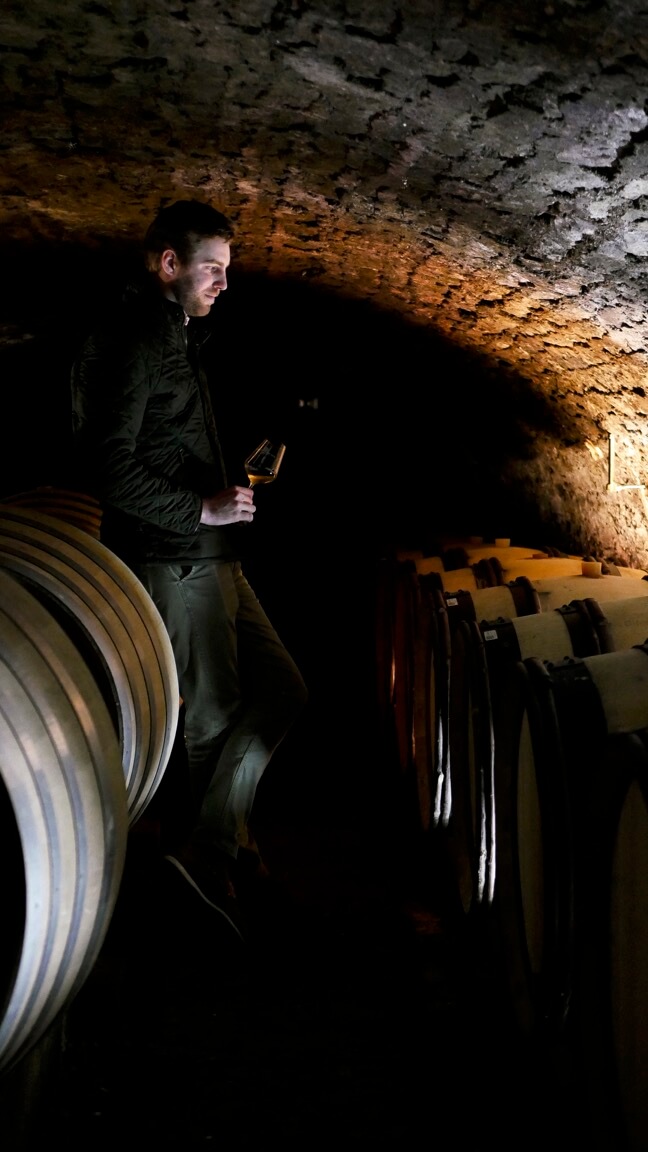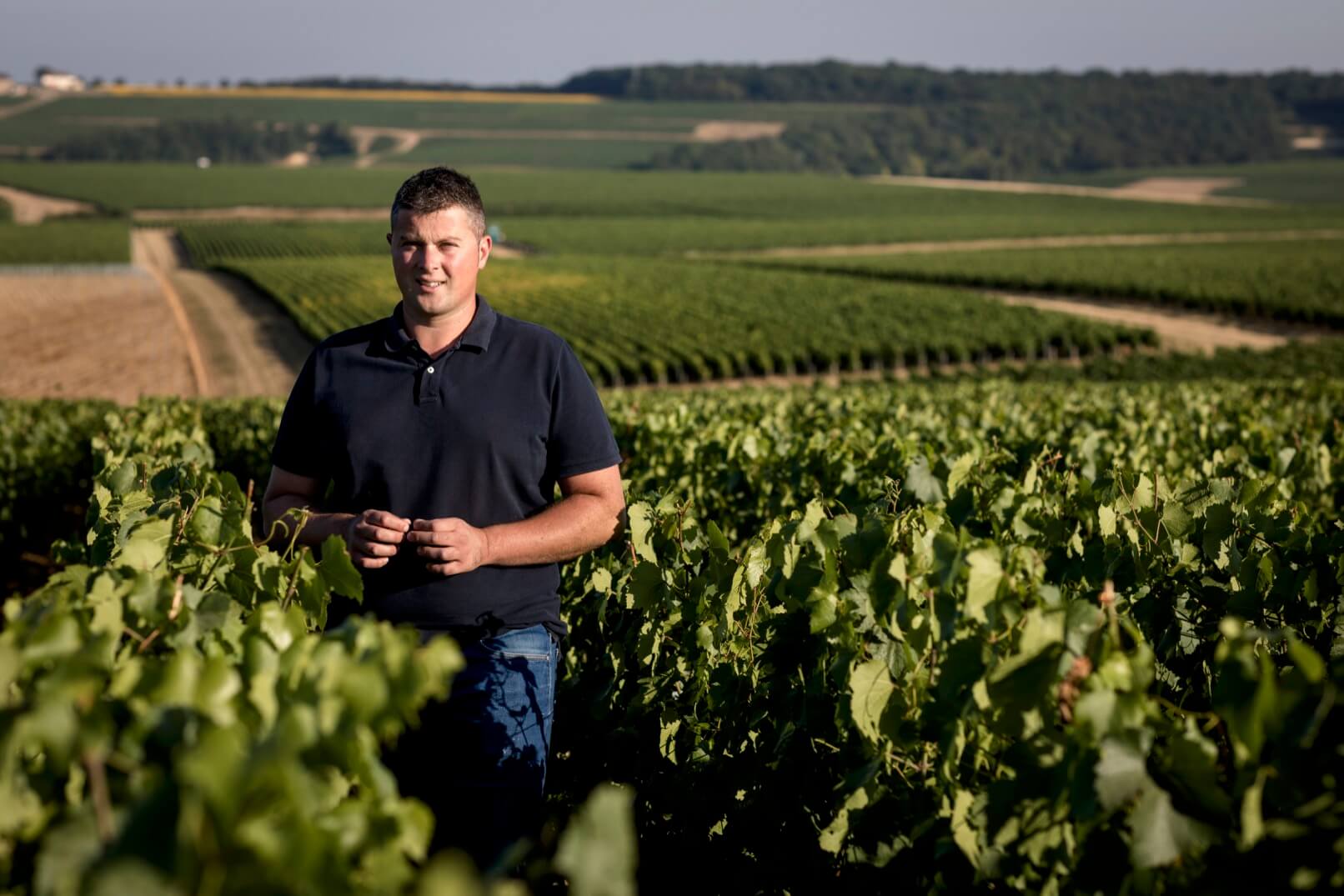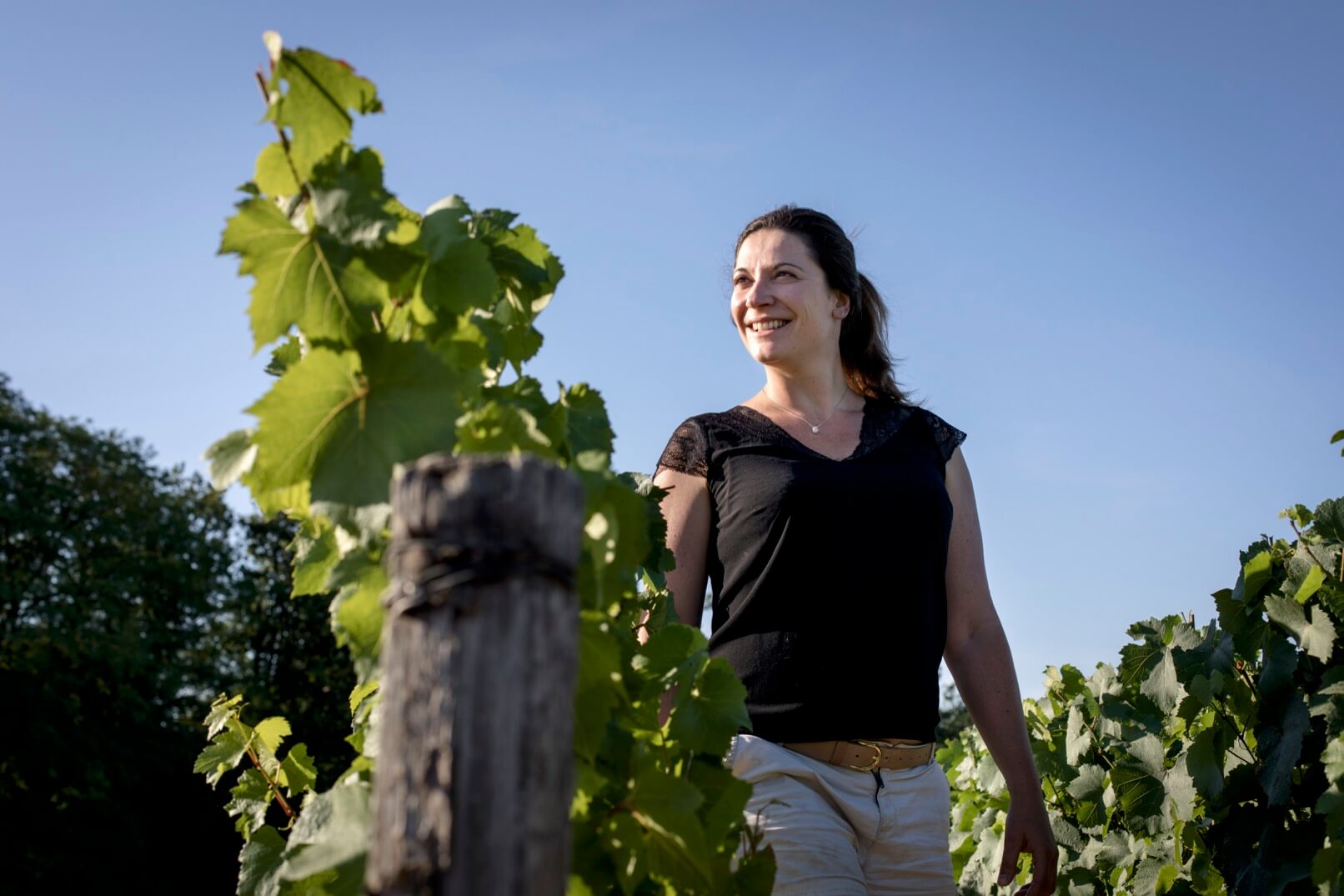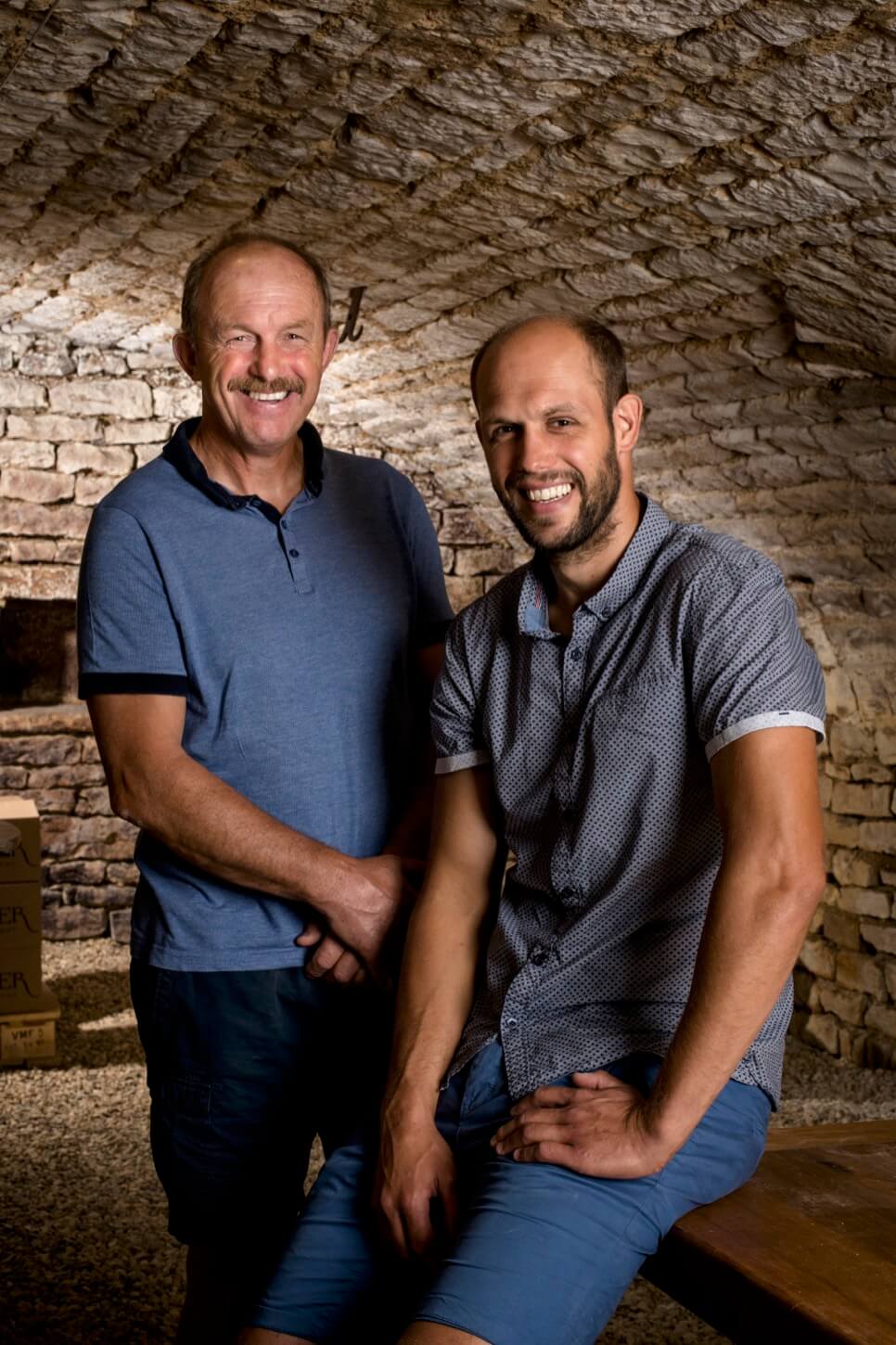THANKS TO A NEW WAVE OF PRODUCERS, CHABLIS IS ONCE AGAIN THE WINE OF THE TIMES
by Wanda Mann
Chardonnay is often the gateway grape for burgeoning white-wine drinkers—and once their palates arrive at Chablis, their admiration only deepens as they discover the variety’s capacity for terroir-driven vibrancy. But as consumers chase new trends, could the region’s reputation as an Old World classic lead them to overlook it? Hopefully not: If they look a little closer, they’ll see a renaissance in Bourgogne’s northernmost appellation as a new generation reimagines Chablis, bringing fresh ideas to the table without sacrificing quality. Today, 25% of the region’s producers are under 40, and women are playing a more prominent role in the industry, from the vineyard to the cellar; in fact, 30% of Chablis’ domaines are owned or co-owned by women.
One of those women is Marine Descombe, a fifth-generation vintner who assumed leadership of her family’s estate, Famille Descombe, in the 2010s. Ask her what distinguishes Chablis from other 100% Chardonnay expressions and she’ll tell you that “the wines of Chablis are characterized by their purity, their crispness, and their minerality. The cool climate and the Kimmeridgian soil of Chablis give Chardonnay a special and singular grain. The freshness, minerality, and pep in [these] wines make them the purest expression of Chardonnay without artifice.” As such, she adds, they’re “perfectly adapted to the expectations of the new generation.”
Chablis encompasses roughly 14,500 acres of vineyards set among 20 villages and hamlets on both sides of the Serein River in the Serein Valley, a low-lying sedimentary basin that’s subdivided into four appellations: Petit Chablis, Chablis, Chablis Premier Cru, and Chablis Grand Cru. Named after a geological age that occurred around 150 million years ago during the Upper Jurassic Period, the area’s aforementioned Kimmeridgian subsoils are composed of clay, limestone, and the fossils of ancient oysters called Exogyra virgula, which contribute to the pronounced mineral character of the wine.
Louis Gimonnet, estate manager for Domaine Long-Depaquit, knows very well how Chardonnay expresses itself in different soil types. The Champagne native’s winemaking journey has taken him throughout France and abroad to California and Oregon; experienced in conducting terroir studies, he extols the unique qualities of Chablis’ soil, noting that “all terroirs have their own identity, [and] Chablis is a remarkable example.” In addition to the “marine origin of the soils,” he says, “a cool microclimate typical of a northern region allows us to make very authentic wines,” with Chardonnay being “the ideal grape variety to best express [this] terroir. The concentration of [its] mineral and saline notes, coupled with the balance of the lively and energetic structure, [make it] sought after by producers and loved by consumers.”

Indeed, it seems that Chablis was ahead of the curve when it comes to the tastes of contemporary wine drinkers. “Chablis benefits from the evolution of consumption patterns,” says third-generation winemaker Thomas Ventoura of Domaine Ventoura. “Life has abandoned rich and powerful wines in favor of more digestible and more accessible wines. Chablis[, as] a dry white wine with a low alcohol content, allows us to seduce this new generation of consumers.” This sentiment is shared by Camille Schaller, who makes wine with his father, Laurent, at their eponymous estate, Domaine Camille & Laurent Schaller: “The current trend is to look for freshness and finesse, which is reflected in the wines of Chablis,” he says.

Meanwhile, second-generation winemaker Eléonore Moreau of Domaine des Pérégrins believes that the gastronomic appeal of Chablis, be it young or evolved, also distinguishes it from other Chardonnays. “Located in Northern Bourgogne, we still benefit from lower temperatures than other regions, and this allows us to have wines with lower ABV, which are . . . really pleasant to drink,” she says. “The minerality of our wines, combined with the aromas of white fruits and flowers for some vintages, [makes them] very well appreciated as an apéritif as well as with a main [course], [such as] a fish or poultry dish with cream. More and more, wine lovers even appreciate Chablis with cheeses. Consumers, therefore, have many opportunities and occasions to appreciate our wines . . . at almost every moment of the meal.”

Although all wines labeled Chablis must contain 100% Chardonnay, the region is not a monolith. Like a student who personalizes a classic school uniform with a unique accessory, Chablis producers bring their own sensibility to their wines. Ventoura’s is perhaps the most reflective of the traditional style: “Our production is purposely limited and our vinification simple and natural, which allows us to highlight our terroir,” he says. “Our plot of land in the commune of Fontenay-près-Chablis allows us to obtain balanced, very pure wines with a dominant chalky Chablisian character.” But for those who believe Chablis is always lean, austere, and unoaked, Gimonnet presents a compelling counterpoint: “The wines of Domaine Long-Depaquit have the reputation of being . . . rich and ripe [yet in] balance. We are fortunate to [oversee], in addition to the Chablis village, six Premiers Crus and six Grands Crus, including a unique monopole. This diversity of soils, slopes, microclimates, and exposures allows us to offer wines with a very different style of freshness, fatness, concentration, and minerality. The wood aging for the crus is used sparingly in order not to disturb the typicality of Chablis and to keep the spirit of the terroir.”
Schaller, for his part, embraces both freshness and power: “Our Petit Chablis and Chablis are in the pure Chablis tradition—minerality, purity, finesse, [and] freshness [are] what we are looking for,” he says. “Our Premier Cru Vau de Vey expresses a rich aromatic complexity . . . with a relative freshness due to its eastern exposure and a saline finish, [while] our Premier Cru Vaucoupin gives a more powerful wine with an aroma of ripe fruit and a saline freshness on the finish due to its southern exposure.”

Although Moreau also aims for a house style, she is intrigued by vintage variation. “Our wines are fruity and taut, with a typical minerality well present,” she explains. “Our long maturation in vats brings roundness and power. Our wines need some time in the bottle to open up and be fully appreciated. [Over time,] some vintages can be quite atypical and surprising.” Descombe likewise delights in creating Chablis that showcases the impact of long aging: “We are looking for perfect maturity, purity, and the right balance between acidity and roundness. This is why we carry out long maturing on fine lees [between 12 and 18 months] with a [brief] passage in barrels for the Premiers Crus. We vinify each of our 21 parcels independently in order to reveal the full expression of the terroir.”
While Chablis will always be a reference point for Chardonnay, a new wave of dynamic winemakers is committed to ensuring its relevance for the consumers of today—and tomorrow.
